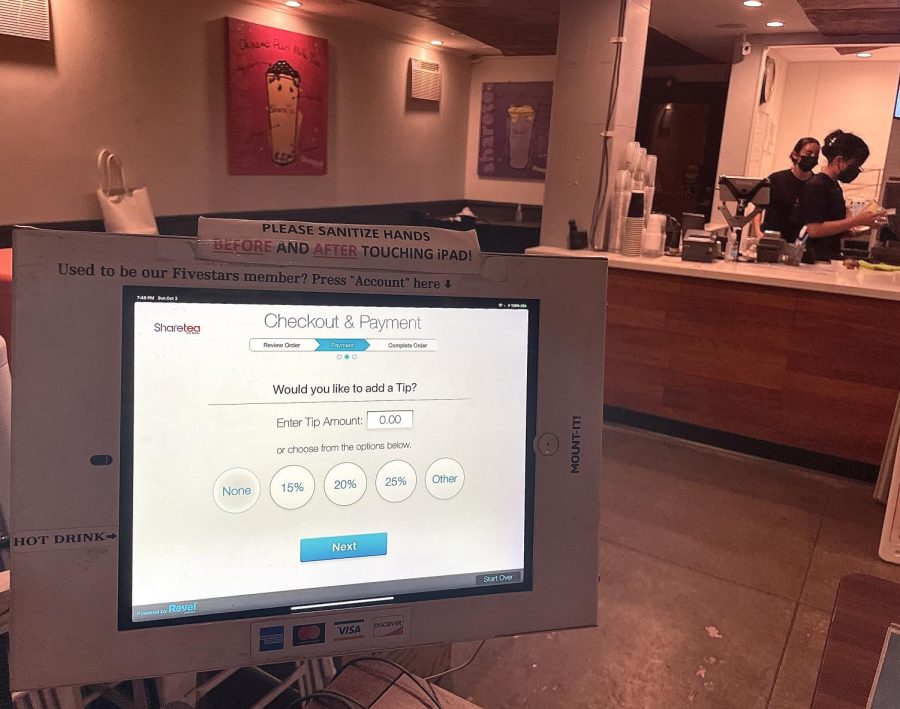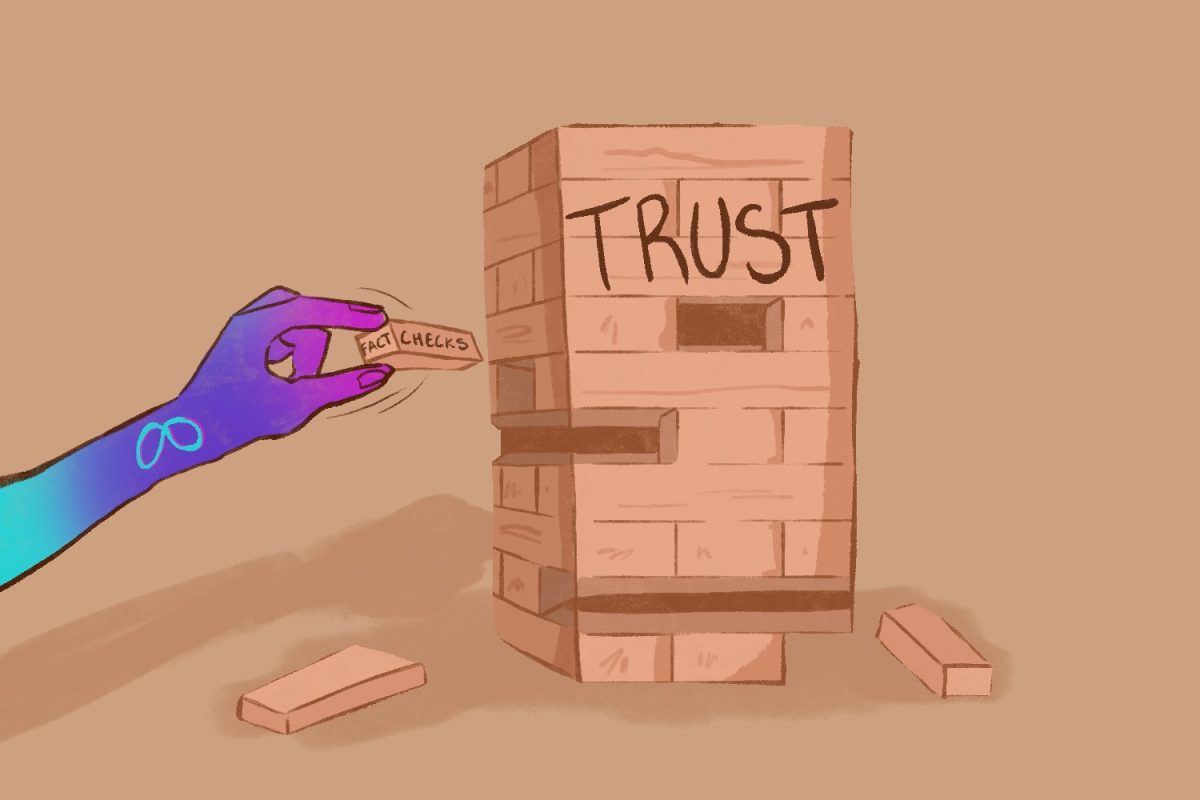Tipping when ordering takeout or getting a coffee was considered a perhaps unnecessary nicety prior to COVID-19; now employees rely on takeout tips. While it has long been the case that diners tip on a sit-down meal, only recently has it also become somewhat common to tip on takeout.
Now that restaurant employees are getting significantly less dine-in business and therefore fewer tips, it is more crucial than ever to tip on takeout.
It’s not an option to tip at many fast-food restaurants, such as In-N-Out, and people seldom tip at fast-casual restaurants, like Panera. Additionally, people may assume national chain restaurants are not in jeopardy of going out of business and many corporate policies do not allow tipping. For mom-and-pop restaurants, however, in the wake of the pandemic, many patrons felt the need to ensure that their local favorites could survive the pandemic. This came in the form of a willingness to tip on takeout.
The plausible assumption is that since so many people are tipping on takeout, restaurant employees are matching their pre-pandemic tips. However, many restaurant workers are still not matching their pre-pandemic income, as takeout tips tend to be considerably lower than dine-in tipping.
Studies suggest that tipping on takeout has actually decreased after reaching a peak at the start of the pandemic. According to restaurant software, Toast, based on their most recent restaurant trends report, customers are tipping less on takeout, now down to 14.5% on average, after climbing earlier in the pandemic. This is still higher than pre-pandemic takeout tips but not high enough to compensate for the lack of dine-in tips.
Many people rethought their tipping habits and the plight of low-wage workers in the food-service industry. As many restaurants reopened with primarily (and sometimes only) takeout service, people have chosen to reconsider what tipping means in a takeout situation. The question we ask ourselves as consumers is what are we tipping for. Many people especially earlier in the pandemic felt inclined to support their favorite local eateries.
However, the business owners themselves do not benefit from tips, it is the employees you are supporting. According to labor code 351 LC, employers are not allowed to keep any portion of tips, use tips to offset hourly wages, or force workers to share tips with owners, managers, or supervisors.
Because of COVID-19’s economic effects, many people gave fresh consideration to employees who rely on tips for the majority of their income. The root of the issue is that minimum wage, particularly in the Bay Area, is not liveable and thus service workers are forced to rely on tips to supplement their income.
While the obvious solution is that workers should be paid more, in order to offset higher wages, restaurant prices would increase, which customers may not tolerate. This would leave business owners in a precarious position at a time when businesses are already facing higher supply costs. It is clear a broader solution is needed, but the willingness of customers to adopt tipping for takeout is an admirable step in the right direction.
Where tipping ostensibly is to reward good service, it is now essential to the livelihood of service workers.
*This editorial reflects the views of the Scot Scoop Editorial Board and was written by Charlotte Gordon. The Editorial Board voted 6 in support, 4 somewhat agree, 1 against, and 1 did not vote.













